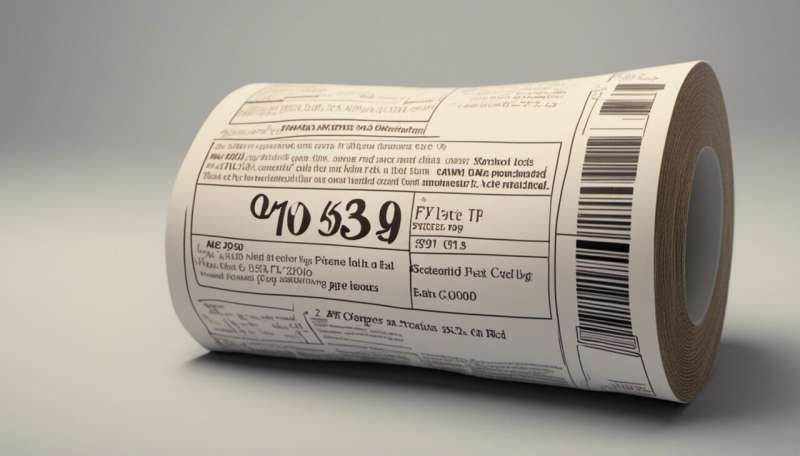Examining food labelling across Europe

The FLABEL project ('Food Labelling to Advance to Better Education for Life') was the first EU-funded research programme to examine nutrition labelling when it was launched three years ago. Now having ended, has it made an impact in the food industry?
The project was set up to examine the factors which lead from labelling to dietary intake. To do this the European Food Information Council (EUFIC) brought together academic experts from eight European universities, two major retail organisations, and representatives of European consumer, retail and industry associations to provide state-of-the-art research on consumer behaviour and nutrition labels.
Scientists looked at nutrition labelling on 37,000 food products across Europe, and discovered that while consumers could understand the information presented on nutrition labels, they had little effect on purchasing decisions. The project results showed that the average consumer spends between 25 and 100 milliseconds looking at nutrition labels - too brief for the information to be processed meaningfully.
Further research revealed that consumers needed to be motivated - for instance, by including a health goal - in order to pay more attention to nutrition information. According to FLABEL data, the most promising option for increasing consumers' attention to and use of nutrition labels would be to provide consistent information on key nutrients and energy on the front of the pack. Complementing this information with a health logo also increased attention and use, especially when the consumer is in a hurry.
The project has provided the first EU-wide benchmark study on the incidence and penetration of nutrition information on food labels. This has led to insights into what extent nutrition labelling is actually available in different parts of the EU.
It also generated European knowledge of the use of nutritional labelling, drawing on observations in stores and retail scanner data. This led to insights into the extent and ways in which nutrition labels have behavioural consequences and affect consumption patterns.
The project also addressed the role of nutrition information on labels in food purchasing decisions by families with children, which provided evidence on how nutrition labels can be used to positively influence children's dietary intake.
The findings from this research are now being used to develop guidelines on the use of nutrition labelling for EU policy and the food industry.
More information:
FLABEL www.flabel.org/en/
The European Food Information Council www.eufic.org/














